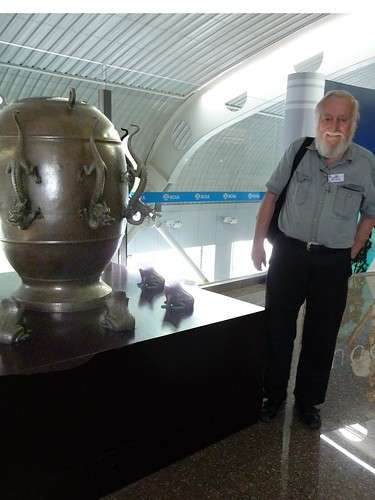Given the fast.-moving nature of the modern world, it’s easy to imagine that old pieces of technology are all now obsolete. Yet, by looking back at some classic technology, we can see how some have stood the test of time.
The Roulette Wheel
Among the traditional casino games, roulette is still extremely popular. The wheel is believed to date back to the 17th century when French mathematician Blaise Pascal created a type of perpetual motion machine. Since then, the technology used in the game has changed very little, but the move online has given roulette a new approach that brings it up to date.
The variety now available can be seen with Paddy Power’s online roulette games, where live streaming and augmented reality are among the newer technologies added to the basic formula. Here, the same wheel that’s been used for centuries has new games built around it. These include versions with randomly applied multipliers and bonus spins, showing how the basic technology has been used as the starting point to create something fresh.
Focussing the Sun’s Rays
2023’s Indiana Jones and the Dial of Destiny movie shows dramatic scenes with the legendary Greek inventor Archimedes during the Roman siege at Syracuse. He is believed to have used a weapon that focuses the sun’s rays to fend off this attack, which is based on a fascinating story that’s been passed down through generations. It’s not completely clear if the Greeks used this weapon, although there have been attempts to recreate it using the technology available to them at the time. However, what we do know for certain is that the principle of focusing the power of the sun is being used currently. Concentrating the sun’s rays to create an intense beam is something that has been proven to work for reasons other than for weapons. This report by The Guardian’s Weatherwatch section points out that technology of this type allows us to use solar power to heat a furnace that can provide electricity even when it’s dark outside.
The First Seismograph
It’s easy to imagine that the ability to accurately measure the intensity of earthquakes is a fairly recent development. After all, the Richter scale was only created by Charles Francis Richter in 1935. This came some 80 years after the Italian scientist Luigi Palmieri created the first modern seismograph using mercury that triggered an electrical contact when the Earth trembled.
We need to go back to around 130 CE to find the creation of the first seismograph made by the Chinese inventor Zhang Heng, it was a type of ornately decorated cylinder where an earthquake would cause a dragon’s head to release a ball into the mouth of a frog below. We don’t know exactly how it worked, but it appears to have been able to show the direction of an earthquake as well as the intensity.
These examples show us how some of the best ideas from the past have made their way into modern technology. Even in those cases where new elements have been added or original uses remain unconfirmed, the ideas have stood the test of time and have been incorporated into current technology.


